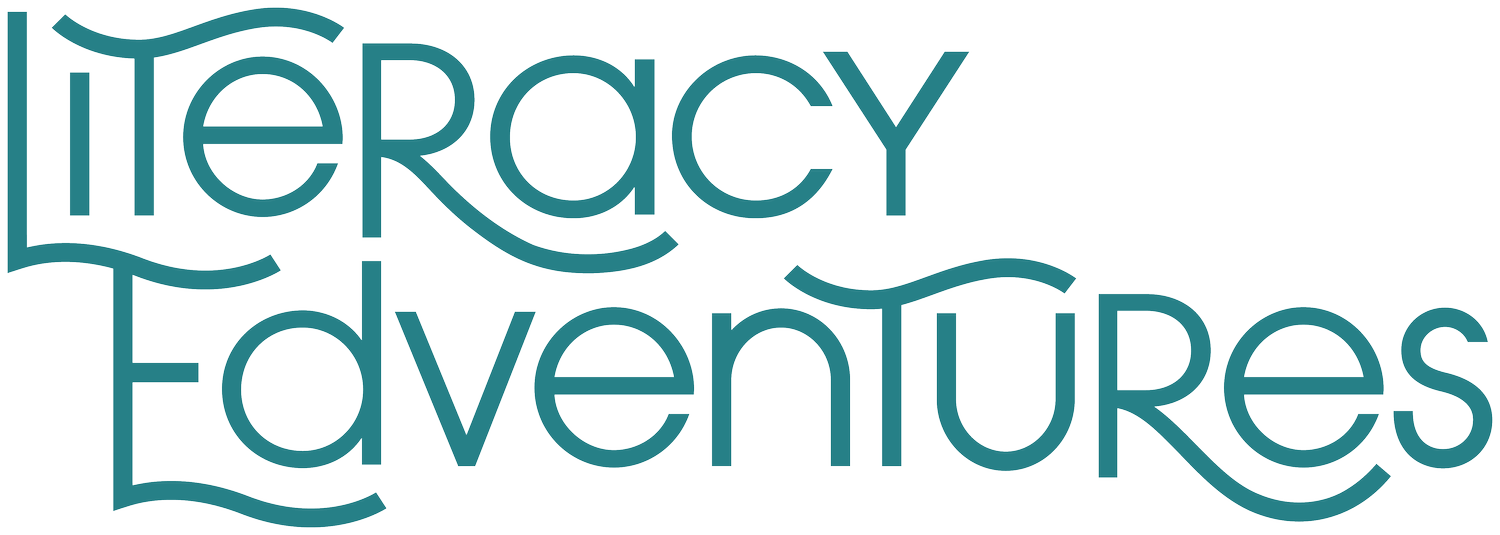Teaching Letter Sounds: Your Questions Answered
We all know how important it is that our students learn their letter sounds. But how? Where do we start? Sounds first, or letters? What ones? Is there a scope and sequence? How do we choose the best one? When it comes to the all-important alphabet, the questions are truly endless. I’m here to help you answer some of these questions as to where to start!
Is there a specific scope and sequence that is better than another?
Unfortunately, there’s no one “tried and true” scope and sequence out there for letter-sound relationships that comes recommended by professionals. But what does make a good scope and sequence is one that encourages reading words as soon as possible. And, of course, one that is agreed upon by other members of your teaching team.
So, let’s talk about letters. Do we start from A and go down to Z or do we teach them in specific groups?
A good scope and sequence will teach high-utility letters first - letters that our kids will come in contact with often while reading. These letters include letters like a, m, s, and t. A scope and sequence with high-utility letters will allow students to put together words as quickly as possible. When we are teaching these letters in a group, we want to ensure that we are teaching one new letter each day. Then when a new letter is introduced, we circle back to older letters and review them.
Within these groups, we also want to ensure that we aren’t teaching our students letters that they can easily get confused about - like p and q, b and d, and m and n. Teaching these separately gives students the best chance at understanding the difference.
Do we have to teach students how to say a letter and form their mouth, etc.? Can’t we just teach them to say the sound and move on?
It’s vital to teach our students how to say the letter sounds and activate all parts of their brains. As we all know - when we engage all parts of the brain, that’s where learning takes place. We want to teach our students letters that have a continuous sound vs. letters that have a stop sound.
A continuous sound (or slow sounds) like letters n, m, r, and s can go on and on until we run out of breath - they drag out. If a letter has a pop-and-stop sound, the sound pops out of their mouth and then stops. Examples of pop and stop letters are b, t, d, and k. They pop right out of your mouth - then they stop!
When teaching letter sounds, we want to be sure to start with continuous letters first, as they’re the easiest to learn. But we don’t need to teach all of them before the pop and stop sounds. Actually, it’s good to sprinkle some pop and stop sounds while you’re teaching continuous letters so kids can hear the difference.
Can you explain the difference between voiced and unvoiced letters?
There are a few letters that students struggle with simply because our mouth does the same thing while forming these letters, yet one is voiced and the other is unvoiced. It’s important to teach students the difference since this can be a good trick to helping them understand the difference. When we place our hand on our vocal cords and say the /g/ sound, we feel the vibration (voiced). When we do the same with the /k/ sound, we don’t feel a vibration (unvoiced). Yet, with both of these letters, our lips are formed the same way. Teaching voiced vs. unvoiced helps with these confusing letters.
Do I teach the sound, name, or formation first?
The answer to this one is easy - all three! We want to teach all of them together because it engages all parts of the brain. And when this happens, students can learn letters faster. This enables students to understand the connection to the letter sounds they hear to the print on the page and then, in turn, within their own writing.
What’s the top thing to keep in mind while teaching letter sounds?
When this seems overwhelming, go back to what we know: we want all instruction to be systematic and consistent. Be sure to take all of what you know and stick to a scope and sequence that you believe in!
Can you share some more resources?
Why, yes!
Phonics Reading Roadmap: phonics instruction with science of reading in mind. Learn how to teach systematic and explicit phonics instruction.
Kindergarten Roadmap: focus on letter sounds and phonemic awareness, be equipped with tools you’ll use in your small group lessons that will encourage phonics and decoding
Check out my blog posts on:

